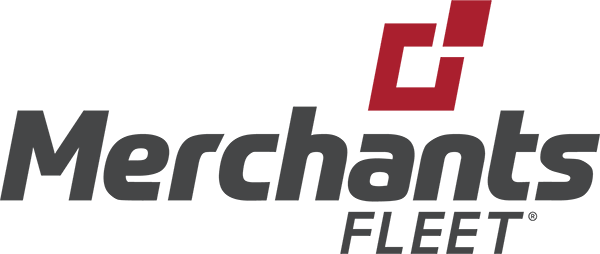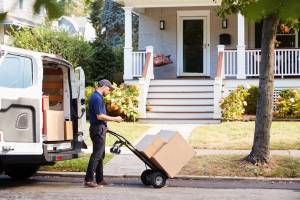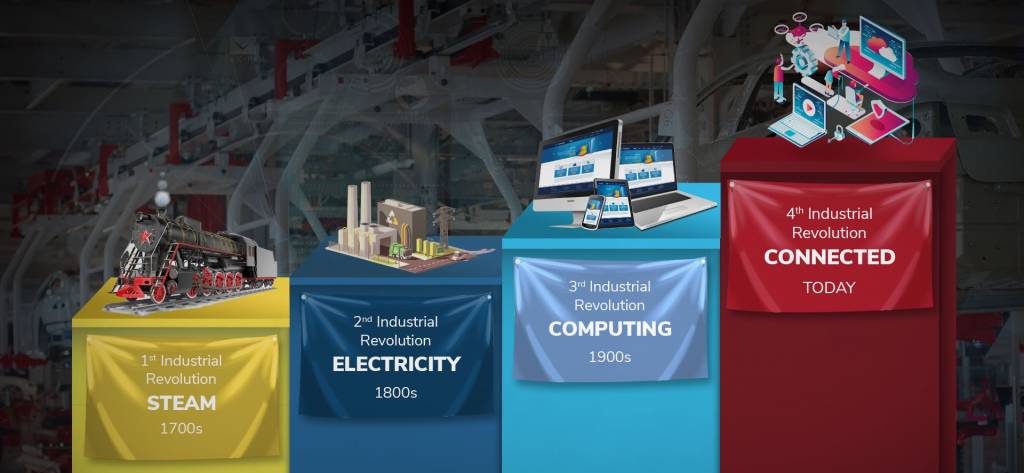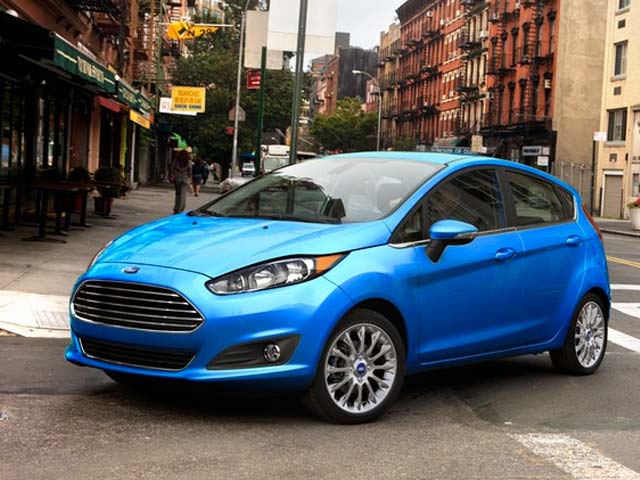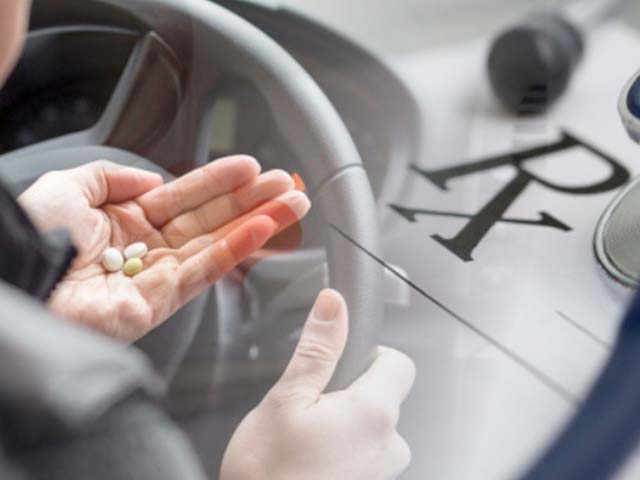Last Mile is Every Mile & Why You Should Care
How the COVID-19 Pandemic is Accelerating the Every Mile Society
“If I had asked people what they wanted, they would have said faster horses.”
– Henry Ford
Paper towels are a product that has been around for a long time — and recently has become a hot commodity. In general, why do people use them? They are convenient, support cleaning efforts, and are easily disposable. The innovation around paper towels has been limited over the years, but they are certainly still a popular product, especially in the current environment, as house cleaning has become an elevated activity.
Let’s ask another question. Typically, how do people get paper towels? You might first say that they get them in a store. That’s true, they can. But, I’d encourage you to ask the 3 millennials sitting in your office where they get their paper towels. I’m willing to bet — online.
Over the last several years, we have started to see a shift in consumer preferences towards a model where they are seeking the convenience of goods shipped directly to them. These include common goods that can be purchased at any convenience store or gas station. With updated preferences, the consumer would rather it be placed by someone else on their front door. We call this not the B2C industry, but the emergence of a new movement—B2Me.
A Look Back at How Consumer Preferences Inspired Innovation
In our history, we have seen how consumer preferences have shaped incredible innovations, but it was often because a brilliant mind discovered how to fulfill that preference in a way that the consumer didn’t know they needed. Let’s look at a few examples.
In the early 1600s, people knew they needed light. We leveraged candles and fires to allow us to read and entertain late into dark hours. What those consumers didn’t know—what they truly needed was electricity. Luckily in 1879, Thomas Edison was thinking about what the consumer didn’t know they needed, and has since brought light and so much more to the world.
Similarly, in the mid-1600s, people knew they needed connection across boundaries. Coffeehouses in London contributed to what’s called the “Enlightenment”, which was the European intellectual movement of the time that emphasized reason and individualism rather than tradition. The Europeans were doing the best they could with the tools they had. They didn’t realize they needed the internet. But good thing AOL came around in 1985 and sparked a connection that we didn’t know we needed, but now couldn’t live without.
Let’s look at one more example. Does anyone remember the days of keeping a map in the car or a written manual for a technology device? Some of us still do—I have a stack in my home office. We know we need access to information. However, we didn’t know we needed it in a small device that could fit easily in our pocket and give us access to information all over the world. Now, we couldn’t imagine not having our cell phone readily accessible. We needed fast access to information, and now we have it.
Consumers can identify the problem. They conceptually know what they need. It’s up to smart businesspeople to solve the problem in the way they didn’t know they needed.
Today’s Disruption – And How COVID-19 is Changing the Game
How do we shop? People know they need fast access to goods to care for themselves, their families, their businesses, their hobbies, and more. They didn’t know they could ask for it to be delivered to their home the next day. Right now, right at this very moment, someone is buying something online, and the expectation is that it should be there tomorrow.
Over the course of our history, we’ve witnessed disruption in the form of macro societal shifts. It started with STEAM that brought faster transportation of people and goods. Then in the 1800s, there was ELECTRICITY that powered our society. In the 1900s, COMPUTING allowed the word to go online. Now, we are in the 4th Industrial Revolution — CONNECTED.
Being connected allows us to access information quickly, to make decisions, to purchase goods, and to be entertained. We keep in touch with friends and family through online portals.
This sense of immediate gratification is leading to changing consumer preferences, and it’s one you should care about. Dropoff’s 2018 consumer survey found that nearly a third of consumers feel “frustrated” when same-day delivery isn’t available. People want stuff brought to them.
Today, that is being accelerated. Now, with safety and health on the forefront of everyone’s minds, receiving essential products and services at the push of a button is becoming not just a convenience, but a life-saving need. Businesses are being asked to accelerate models into a new paradigm of B2Me.
The Last Mile Industry is in Its Infancy
When I ask people what percentage of all goods purchased they think were online purchases, I often get lofty numbers. As large as 90%. The reality? In 2019, only 10.7% of all goods purchased were purchased online. That means that for the average American, 1 out of 10 products they purchased was through an online portal. Who thinks that’s going to change?
Looking at some indicators of this change, Amazon has been a leader. Recently, Amazon ordered 100,000 electric delivery vans from Rivian, even though the first van isn’t expected to hit the road until 2021.
Now, with the impact of COVID-19 in front of us, there are signs of a continuation of this movement over the next several years and beyond. Just in the last two weeks, ecommerce sales have risen by more than a third, and Amazon has such high demand that they’ve announced shipping delays on non-essential items in order to prioritize healthcare and wellness products getting to our homes. Even in doing so, they still need to hire 100,000 more warehouse and delivery workers. Companies like Amazon, Walmart, FedEx, and UPS put a lot of planning into logistics and delivery for the holiday season, but this type of surge in their need for vehicles is unprecedented.
The need for last mile delivery, commercial pickup truck rentals, and other essential logistics doesn’t stop there. Blue Apron has seen a 70% increase in its stock price as Americans shift to having groceries and meals brought to their homes. Pharmaceutical and medical supply companies continue to deliver to hospitals and pharmacies that are remaining open to give people the care they need. And other essential businesses in the areas of agriculture, energy, public works, and defense continue to deliver critical infrastructure, like power, water, and food to support us as we hunker down to wait out the virus – all are businesses that need vehicles to do their job even in the current environment. It has never been more critical for these businesses to continue operations.
In 2018, Merchants Fleet spotted this trend and innovated to provide a last mile vehicle program to last mile delivery companies. That business line grew exponentially over the last 18 months, to the point where today 1 million homes will receive a package in a vehicle managed by Merchants Fleet.
Companies that do not have a quick and efficient last mile solution should quickly be considering how they implement this into their business models. Access to goods quickly is a demand that consumers are now coming to expect. But, it doesn’t stop there.
The Every Mile Society
This disruption, this changing consumer preference, is leading to a bigger shift that we are just on the precipice of—what I call the Every Mile Society.
Now, people know they need goods brought to them. We’ve got that one figured out. However, let’s also consider if ALL the goods and services we needed could be brought to us—B2Me—and free up our time to spend on the things we loved to do and the people we wanted to spend our time with.
In the future, we are predicting that the common services that people leave their homes for today will be pushed to innovate to a B2Me Model, where their service is brought to the comfort of their home or workplace. Here are a few examples.
Your dentist could soon be coming to you.
In need of an emergency coffee boost? We’ve got you covered.
Pamper your precious pet from the comfort of your home.
And yes, you can fuel up right at work.
What’s Your B2Me Strategy? Don’t Get Netflixed.
